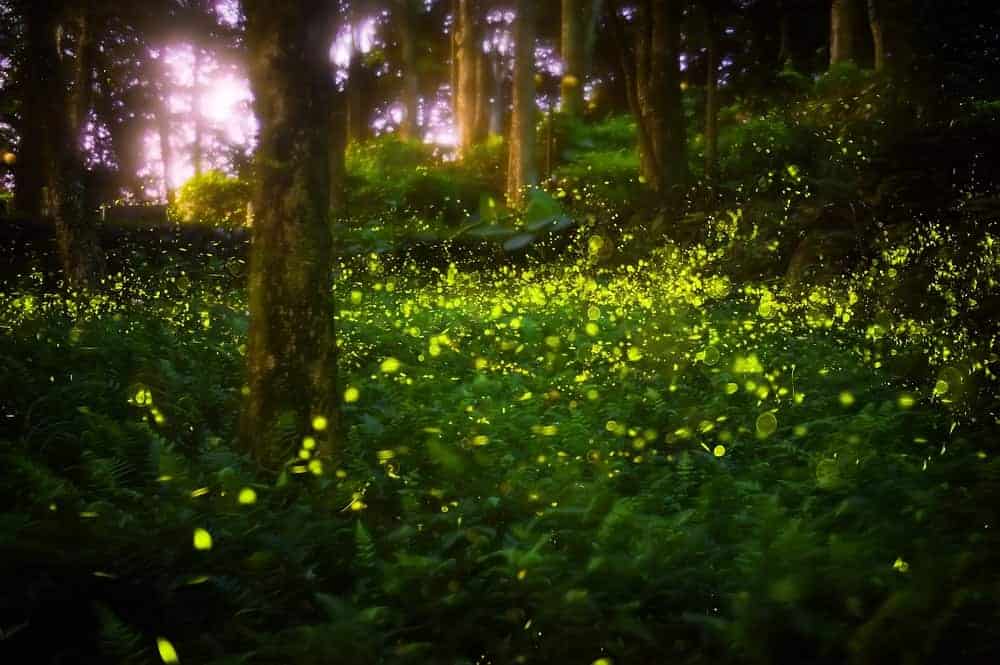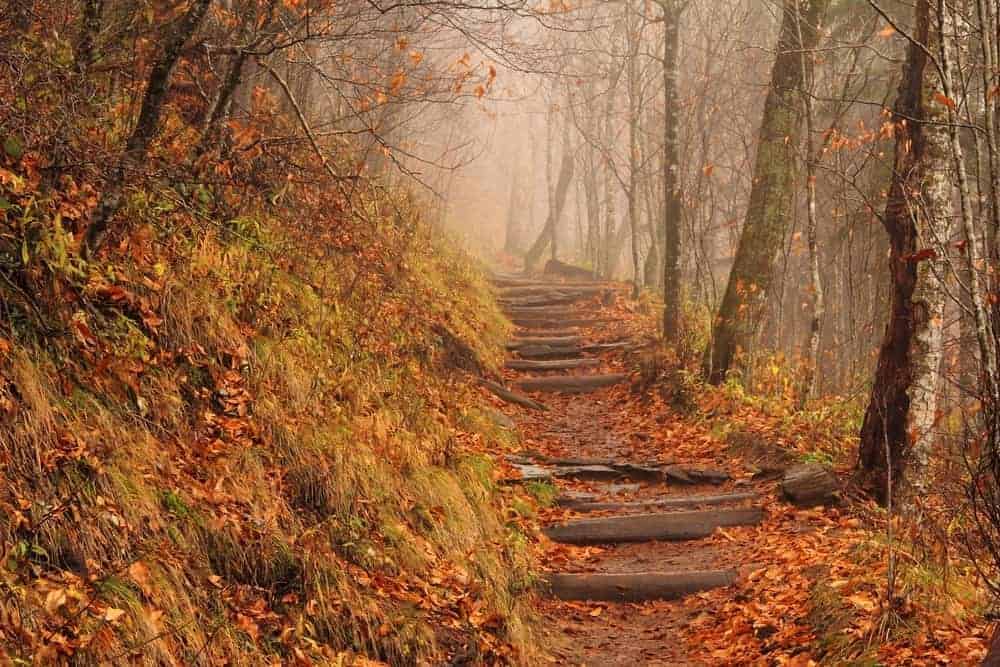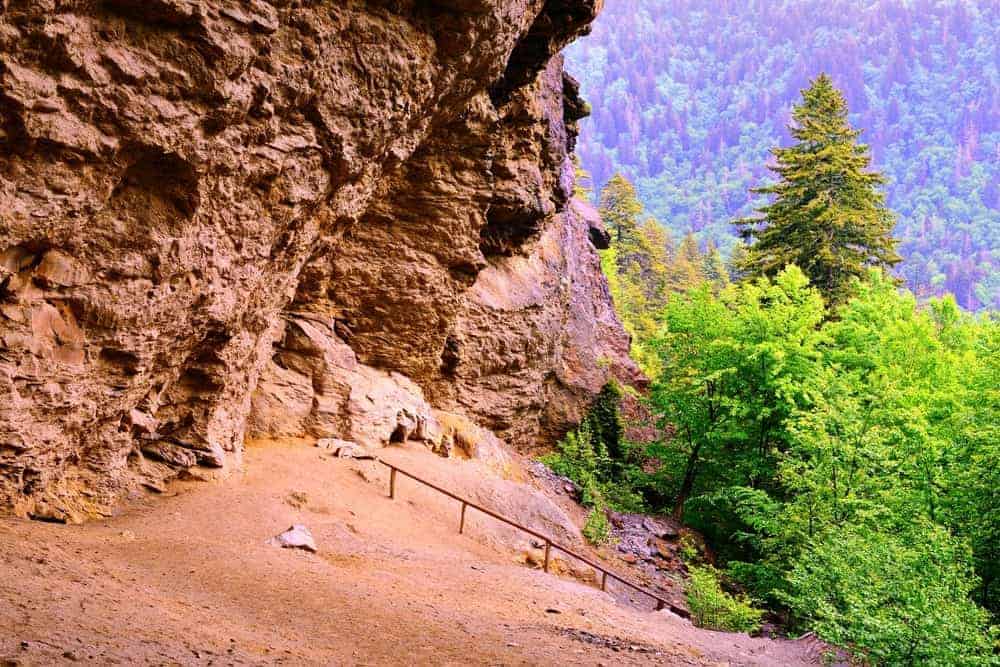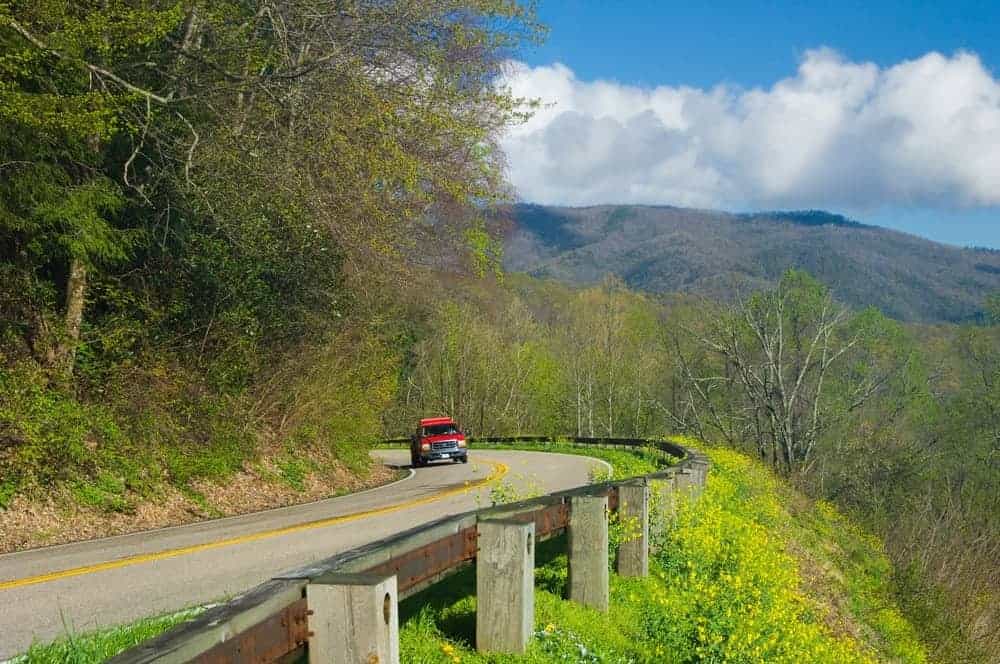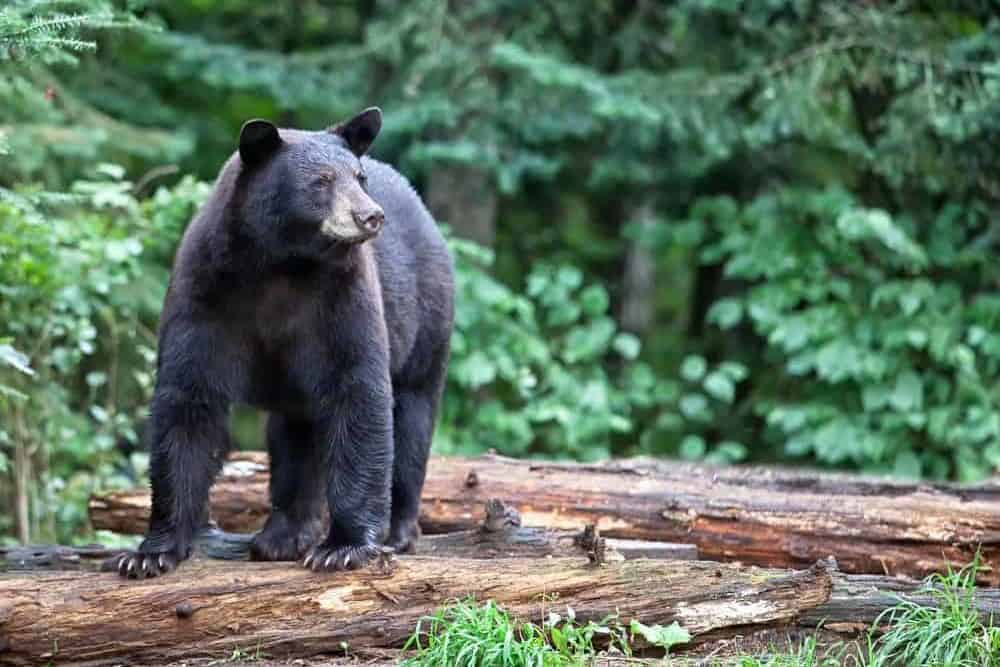
Where and When to Spot Your Favorite Smoky Mountain Wildlife
If you’re in the area and want to visit the Great Smoky Mountains National Park, you probably want to see Smoky Mountain wildlife. With a diverse animal population, the Great Smoky Mountains National Park is the perfect place for animal lovers. There are all kinds of species that live in the national park, and people see animals quite a bite when they visit. Here is where and when to spot your favorite Smoky Mountain wildlife:
Animals in the Park
There are all kinds of animals in the Great Smoky Mountains, from small reptiles to large mammals. Keep reading to learn more about these creatures:
Black Bear
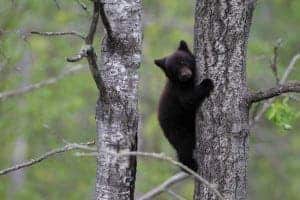
Elk
Elk can grow up to 700 pounds, making them one of the largest creatures in the national park. They are most active early in the morning or late in the evening. Before the national park was established, elk thrived in the area. Changing land uses, hunting, and trapping caused elk to be extirpated. To reverse this, the national park Service has reintroduced elk into the Smokies.
White-Tailed Deer
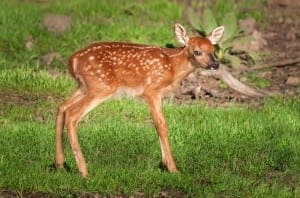
Wild Turkey
Wild turkeys travel in flocks, so if you happen to spot one, you’ll most likely spot an entire group. They spend most of their time searching the ground for nuts, berries, and insects. You’ll likely not see them in the evenings, as they roost in the trees.
Salamanders
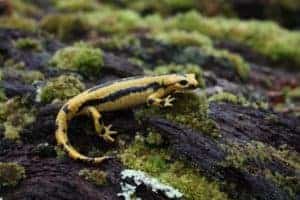
Other Animals in the Smokies
There are hundreds of animal species that live in the area. You’ll find all kinds of fish, turtles, and snakes in and around water. Small mammals include raccoons, groundhogs, and squirrels. There are hundreds of bird species, including owls, eagles, wrens, and finches. Plus, you’ll find all kinds of bugs.
Wildlife Safety
It is important that families remember a few safety tips while viewing wildlife in the Great Smoky Mountains National Park. The key element to keeping park guests and wildlife safe is to keep a safe distance. Always use caution when wildlife is in sight because they are wild animals.
Places Where You Might See Smoky Mountain Wildlife
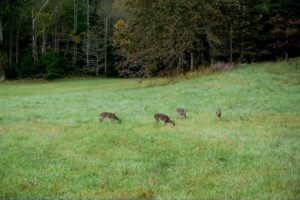
Now you know more about Smoky Mountain wildlife and where you are most likely to see them. Want to know more about their home? Learn all about the Great Smoky Mountains National Park before you’re in town!


